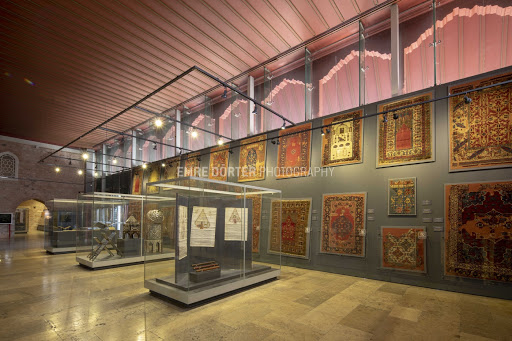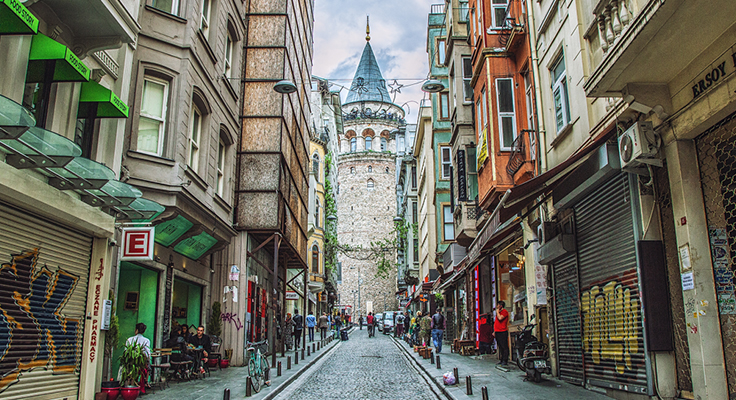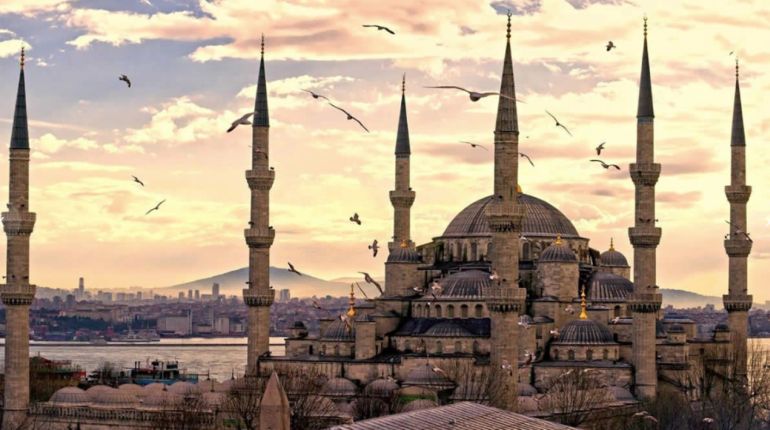Description
Turkish and Islamic Art Museum is the first museum in our country to include Turkish - Islamic art works together. It opened its doors for the first time in 1914 in the imaret building of Suleymaniye Mosque Social Complex, one of the most important structures of Mimar Sinan (Sinan the Architect) by the name of "Evkaf-ı Islamiye Museum" (Islamic Foundations Museum). It was moved to Ibrahim Pasha Palace to the west of Blue Mosque Square, in 1983. Apart from the Sultan palaces, the museum building is one of the earliest surviving palace buildings to the present day, dates back to the late 15th century.
Ibrahim Pasha Palace, one of the most important structures of Ottoman civil architecture, rises above the old “Racetrack Square” stairs. In 1520, it was repaired by Suleiman the Magnificent and gifted to Ibrahim Pasha of Pargali, his son-in-law and grand vizier.
The elevated structure on the arches surrounds the terrace on the three sides. One of the most pleasant places in the museum is this terrace, overlooking the Sultanahmet (Blue Mosque) Square.
After 1983, Turkish and Islamic Arts Museum was closed to visitors for restoration in 2012, and after extensive work, it was opened again in 2014, on the 100th anniversary of its first opening, with a new understanding of exhibition and new places of visit.
HOSTS THE RARE ARTS OF ISLAMIC WORLD
The works of the museum’s rare examples of Emevi, Abbasi, Artuklu, Eyyubi, Ilhanlı, Timurid, Safavi, Kaçar, Memluk, Seljuk and Ottoman periods were collected from different areas of the Islamic world. The museum is famous for having the best rug collection in the world. The masterpieces among the rugs are rare 13th century Seljuk carpets that cannot be found elsewhere.
In addition to its rug collections, the museum also stands out with its pristine works of art. Glassware, stone and terracotta artifacts and metal and ceramic objects are among the precious pieces exhibited. A large hall in the courtyard of the museum is devoted to the collection of ethnography, reflecting the daily life of 19th century Istanbul. The Holy Relics section in the museum brings the most important works of this area like the ones in Topkapı Palace.










